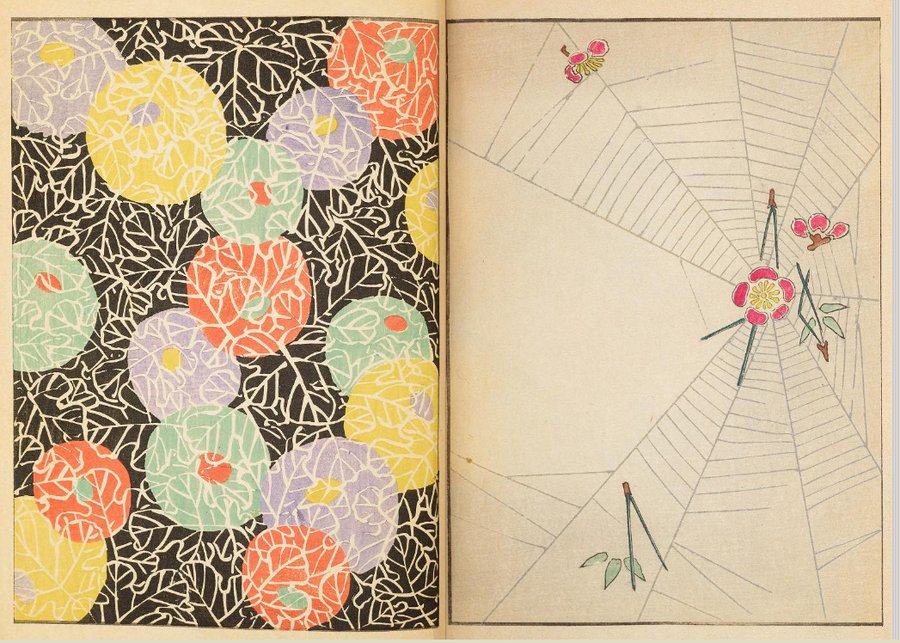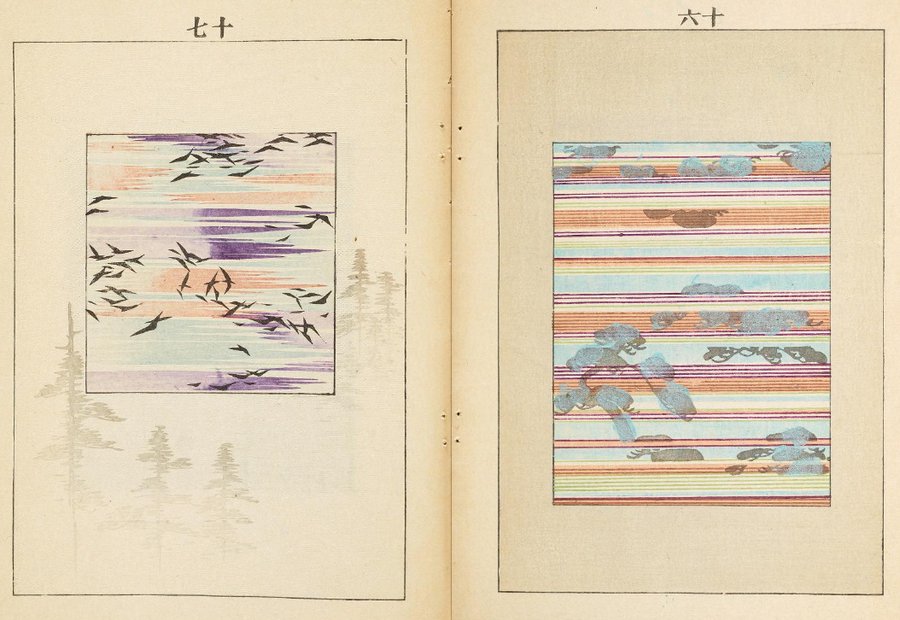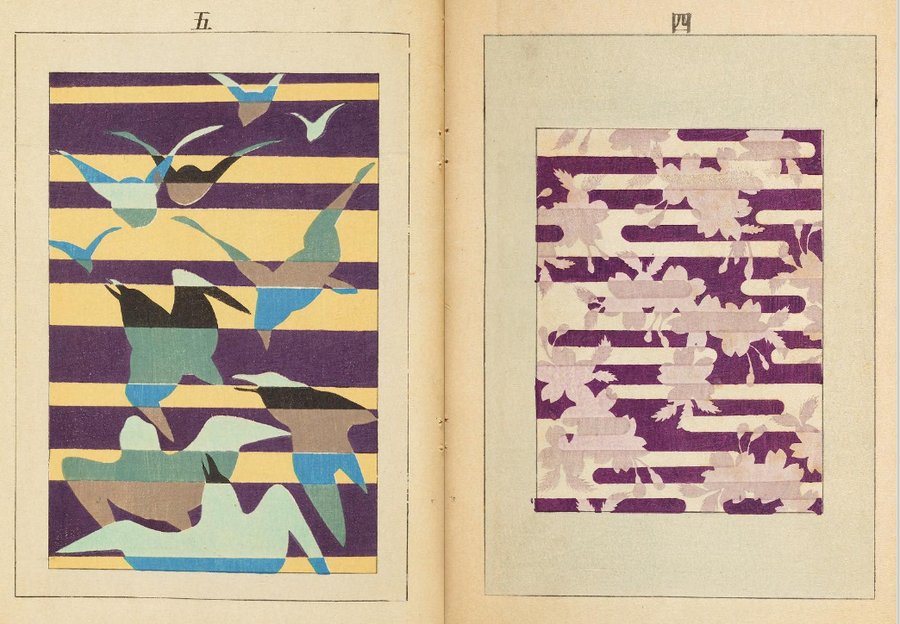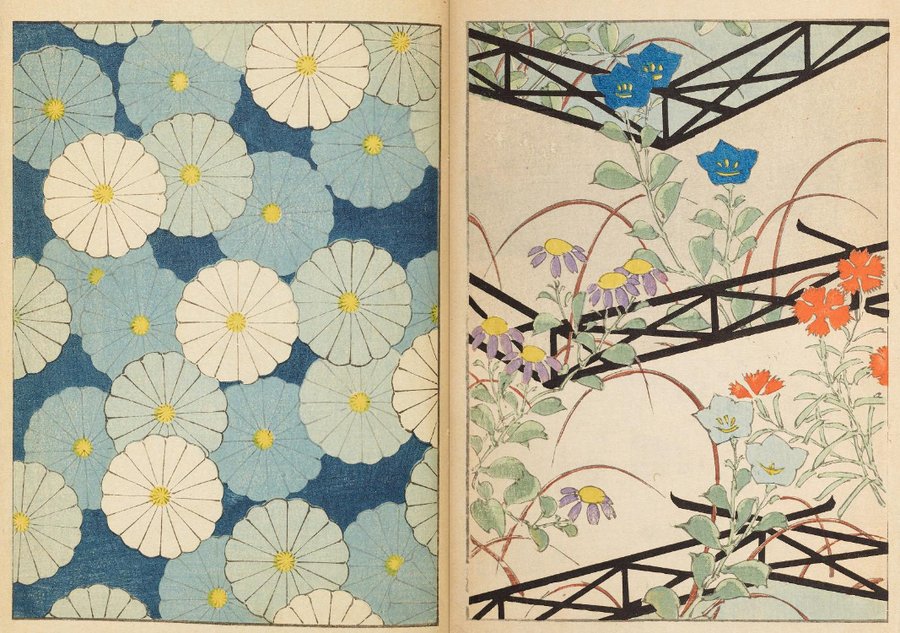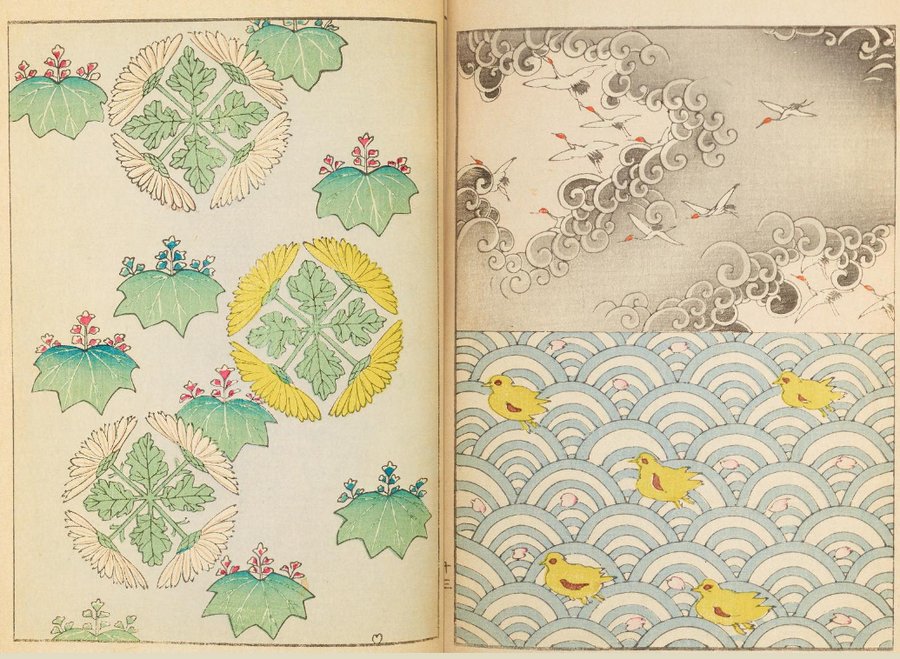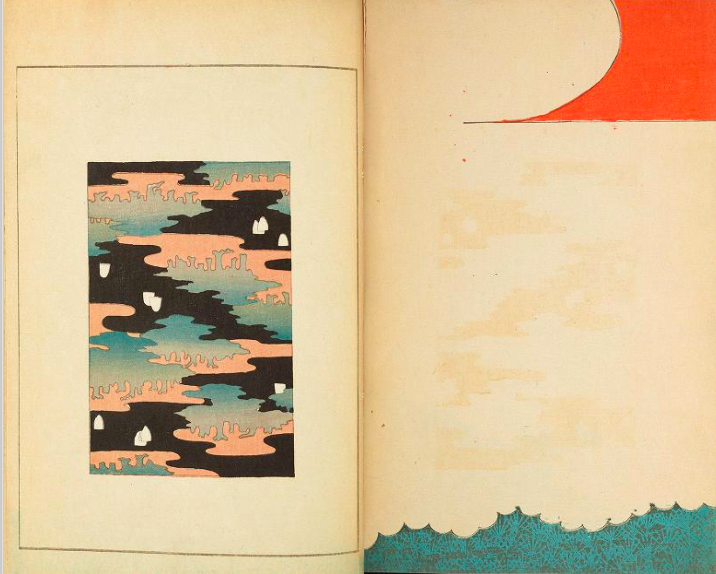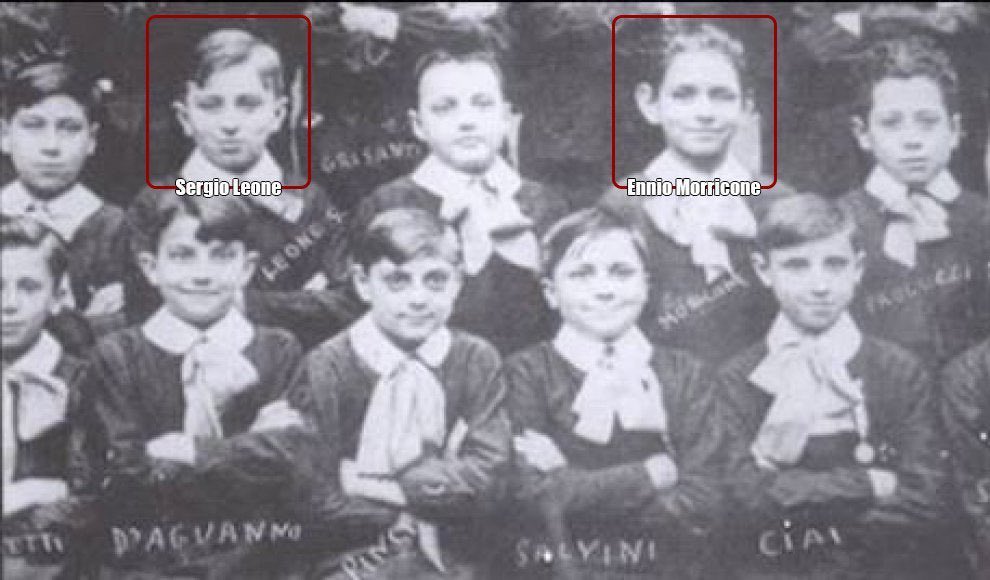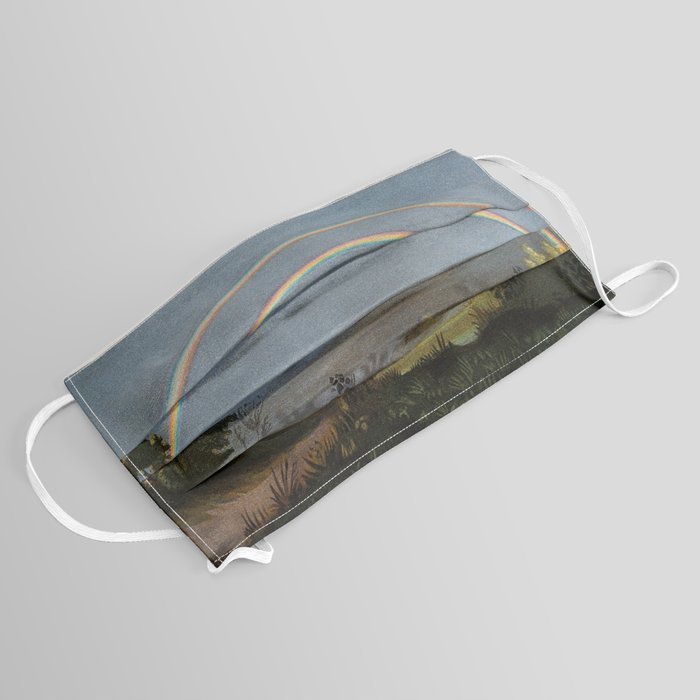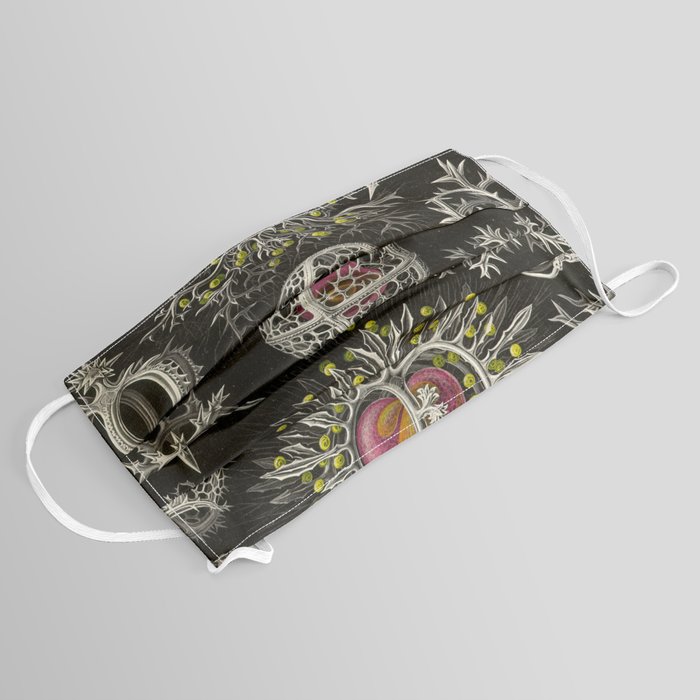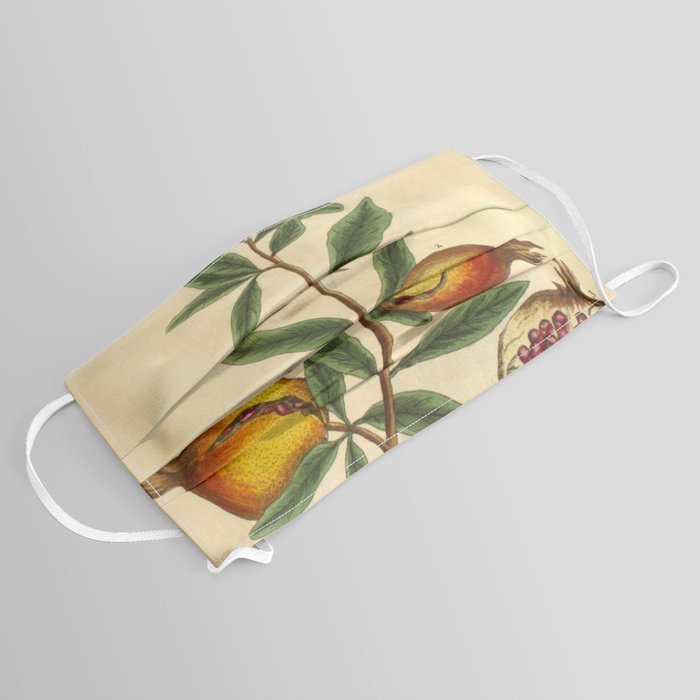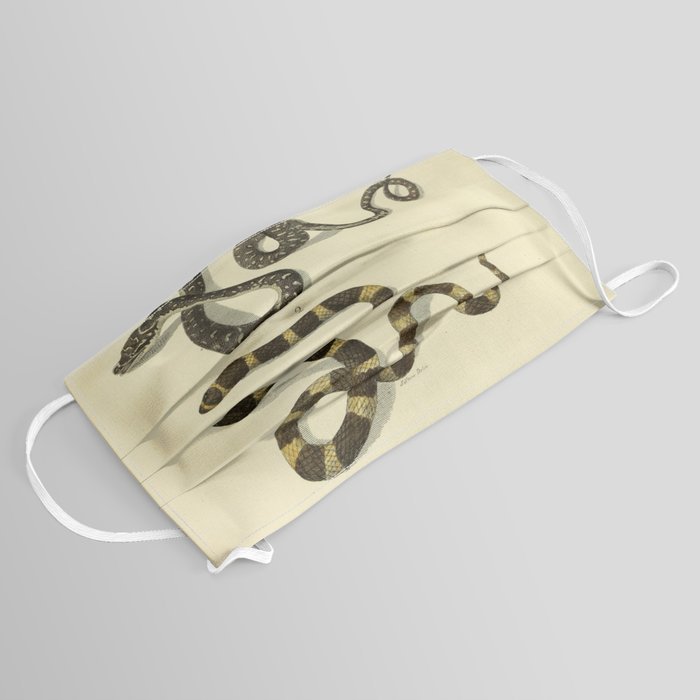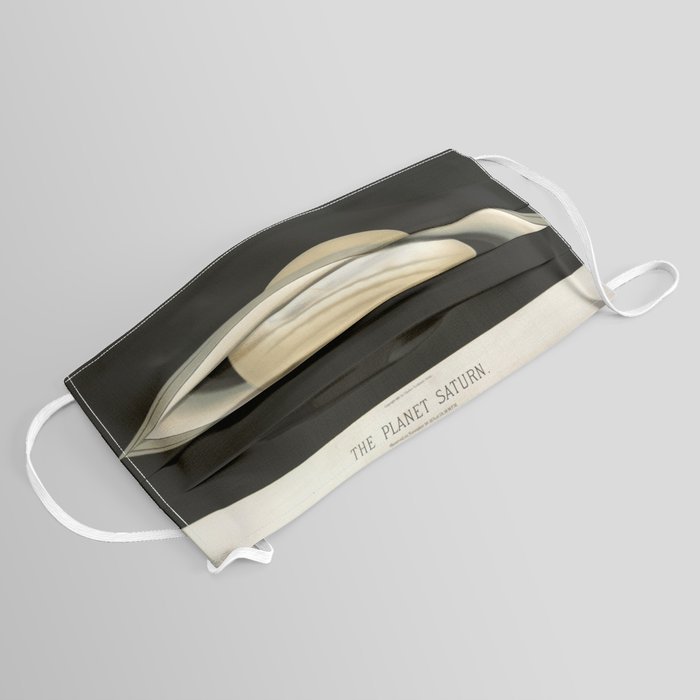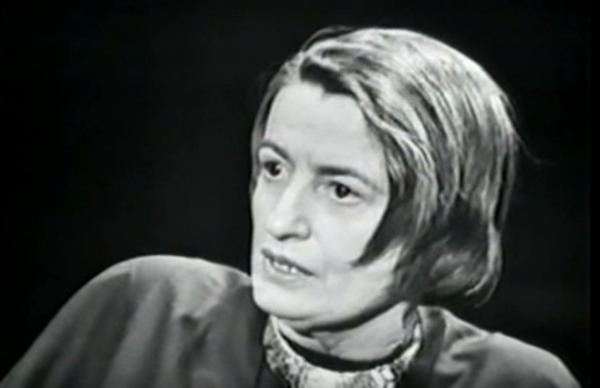When Ella Fitzgerald took the stage for the first time at the Apollo Theater in Harlem, “we heard a sound so perfect” that the entire theater went silent, says dancer and choreographer Norma Miller. “You could hear a rat piss on cotton.” Fitzgerald was 17 years old, and she had already faced severe racial discrimination. “Everything was race,” says Miller, describing the de facto segregation in Harlem in the 20s and 30s. “You couldn’t go out of your zone… slavery is over, but you don’t have jobs. So the confinement meant you had to do for yourself.”
In 1917, a 2 year old Fitzgerald had traveled with her mother and stepfather from Newport News, Virginia, where she was born, to Yonkers, New York. They were part of the Great Migration that brought blues and jazz to Northern cities. Fitzgerald grew up sneaking into Harlem’s ballrooms to hear Duke Ellington and Louis Armstrong. Then at age 13, her mother died. Fitzgerald was devastated. She began skipping school and the police arrested her for truancy and sent her to a reform school.
Black girls at the school, writes Nina Bernstein in The New York Times, “were segregated in the two most crowded and dilapidated of the reformatory’s 17 ‘cottages,’ and were routinely beaten by male staff. There was a fine music program at the school, but Ella Fitzgerald was not in the choir: it was all white.” Fitzgerald escaped and made her way back to Harlem, where she slept on the streets. She stepped onstage at the Apollo’s amateur night as part of a dare and had originally planned to do a dance routine.
The year after her Apollo debut, Fitzgerald performed at Yale University with Chick Webb’s orchestra. She released her first single, one of the biggest records of the decade, in 1938. In 1939, she took over as bandleader and carved out a career in the following years that included tours in Japan, Europe, and Australia, where she became a huge sensation in 1954. In the states, however, she was still treated like a criminal. She missed her first two shows in Sydney because she and her pianist, assistant, and manager Norman Granz were thrown off the plane in Honolulu without explanation or recourse. (Fitzgerald later sued and won, as she explains in a 1970 CBC interview clip above.)
In 1955, Fitzgerald’s career received a major boost when Marilyn Monroe pressured the owner of Sunset Strip’s famed Mocambo to book the singer. “After that, I never had to play a small jazz club again,” Fitzgerald later recalled. That same year, reports USA Today, “she was arrested in her dressing room at an integrated show in Houston. When she arrived at the police station, an officer asked for her autograph, Fitzgerald recalls.” She rose above the ugliness with poise and grace and mostly preferred not to talk about it, though it surely took its toll. “She lived, she survived,” says cultural critic Margo Jefferson. “She became famous and she kept on keeping on—at what inner price, we don’t know.”
We do, however, have a slightly better sense of how she felt thanks to clips from a 1963 interview with New York radio host Fred Robbins that have emerged after going unheard for decades (beginning at :30 in the video at the top). Discussing her frustration with segregation in the South, she says:
Maybe I’m stepping out (of line), but I have to say it, because it’s in my heart. It makes you feel so bad to think we can’t go down through certain parts of the South and give a concert like we do overseas, and have everybody just come to hear the music and enjoy the music because of the prejudice thing that’s going on.
I used to always clam up because you (hear people) say, ‘Oh, gee, show people should stay out of politics.’ But we have traveled so much and been embarrassed so much. (Fans) can’t understand why you don’t play in Alabama, or (ask), ‘Why can’t you have a concert? Music is music.’
The situation was truly “embarrassing,” as she put it, for the country and for her and her fellow musicians. Fitzgerald had seen enough in her life at that point to understand how deeply entrenched racism could become. Hopeful about the future, she also recognized that there were some minds that would never change. “The die-hards, they’re just going to die hard,” she says. “They’re not going to give in. You’ve got to try and convince the younger ones, they’re the ones who’ve got to make the future and those are the ones we’ve got to worry about. Not those die-hards.”
Robbins had promised Fitzgerald that the interview would air “all over the world.” Instead, for reasons unknown, it was shelved and forgotten until author Reggie Nadelson discovered the recording in 2018 at the Paley Center for Media. Despite her reticence to speak out, Fitzgerald was grateful for the opportunity, even if it might end up costing her. “I really ran my mouth,” she says, worrying, “Is it going down South? You think they’re going to break my records up when they hear it? This is unusual for me.” Nonetheless, she says, “I’m so happy that you had me, because instead of singing, for a change I got a chance to get a few things off my chest. I just a human being.”
The clip at the top comes from a new documentary titled Ella Fitzgerald: Just One of Those Things. Watch the trailer for the film above.
via Ted Gioia
Related Content:
How Marilyn Monroe Helped Break Ella Fitzgerald Into the Big Time (1955)
Ella Fitzgerald Sings ‘Summertime’ by George Gershwin, Berlin 1968
Miles Davis is Attacked, Beaten & Arrested by the NYPD Outside Birdland, Eight Days After the Release of Kind of Blue (1959)
Josh Jones is a writer and musician based in Durham, NC. Follow him at @jdmagness

